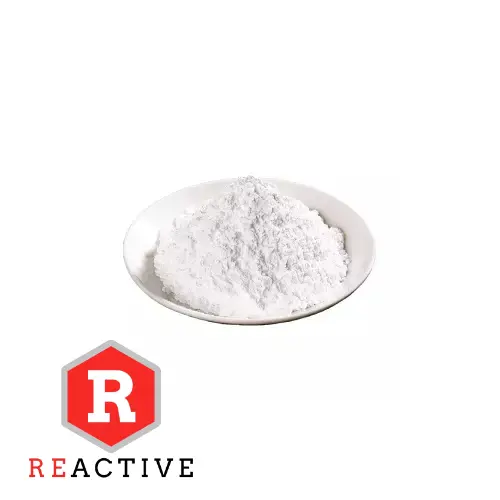Magnesiumoxid als Additiv mit polymerer Schwefelkathode und modifiziertem Glasfaserseparator für Hochleistungs-Lithium-Schwefel-Batterien
Die Lithium-Ionen-Technologie findet derzeit Einzug in Elektrofahrzeuge und die Netzspeicherung erneuerbarer Energien (Solar- und Windenergie). Die aktuelle Lithium-Ionen-Technologie hat jedoch die Grenzen ihrer Ladungsspeicherkapazität und Energiedichte erreicht. Daher müssen alternative Kathoden- und Anodenmaterialien entwickelt werden, die höhere Kapazitäten bieten. Lithium-Schwefel-Batterien mit schwefelbasierten Kathoden durchlaufen Umwandlungsreaktionen und können dabei mehr Ionen und Elektronen aufnehmen. Dies ist eine vielversprechende Option, um die Ladungsspeicherbeschränkungen von Lithium-Ionen-Batterien zu überwinden. Kosten, Lebensdauer, Sicherheit, Energie, Leistung und Umweltauswirkungen sollten bei der Kommerzialisierung modifizierter Lithium-Schwefel-Batterien berücksichtigt werden.
In dieser Studie wurden hochleitfähige und leichte Kathodenmaterialien aus Poly-1,5-Diaminoanthrachinon (PDAAQ) und Magnesiumoxid (MgO) untersucht, um die Lebensdauer und Leistung von Lithium-Schwefel-Batterien zu erhöhen.

Modifizierte ein- und beidseitig beschichtete Glasfaserseparatoren wurden ebenfalls untersucht, um die Eingrenzung der aktiven Materialien in den Poren zu verbessern und die Auflösung unerwünschter Materialien im Elektrolyten zu verhindern. Die Zellen mit MgO/PDAAQ/S-Kathode und unbeschichtetem Glasfaserseparator zeigten eine anfängliche Entladekapazität von 1000 mAh g-1 bei 2 °C. Die Entladekapazität sank bei 5 °C auf ~ 900 mAh g-1. MgO/PDAAQ/S-Kathode und beidseitig beschichteter Glasfaserseparator zeigten die höheren Kapazitäten von ~ 1250 und 1170 bei 2 °C bzw. 5 °C.

